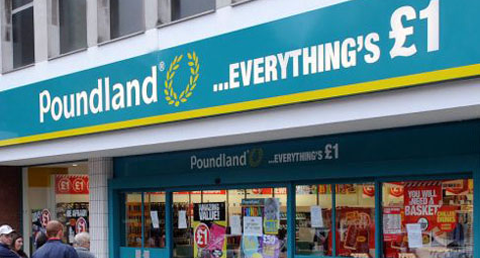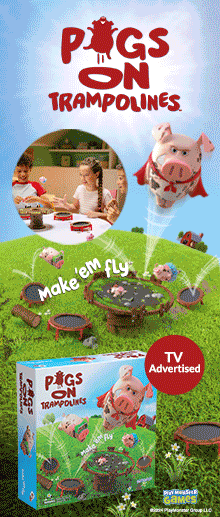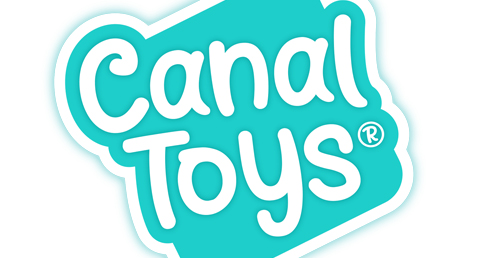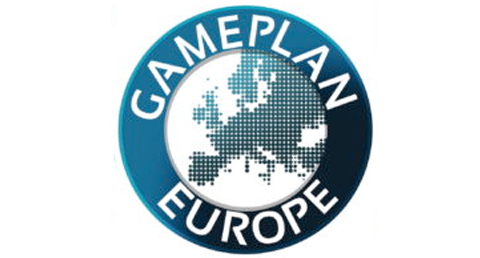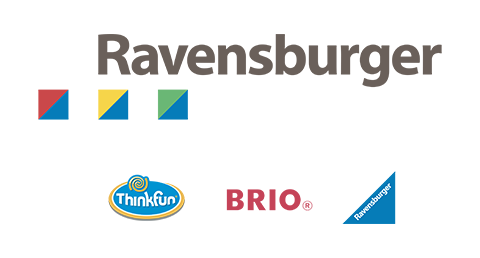This week has illustrated the pace at which things can change in the political world, with the business community once again caught in the crossfire. It all started so well: US toy suppliers and retailers were mightily relieved to hear that the proposed tariffs on toys from China had been postponed by the US administration until December. Some even suggested that the postponement made it less likely that these additional tariffs would ever come into force – happy days. However, subsequent developments showed that you can never assume anything in the current ‘lively’ political climate.
Just when it all looked as though the situation had taken a turn for the better, China threw a spanner in the works, describing the proposed new tariffs as a violation of the accords reached by Presidents Trump and Xi Jinping and vowing retaliation (without specifying exactly what form that retaliation might take). So what on earth happened? China’s statement seems to indicate that Beijing doesn’t think that the US delaying some of the tariffs (for its own benefit, naturally) is sufficient. China appears to be of the opinion that no new duties should be imposed at all, a position which I am sure the US toy community is in agreement with. In a high stakes game of political poker, it appears that Trump blinked, emboldening China, who sensed rare weakness from the White House. That the Chinese gleefully seized on the opportunity to push back hard should not come as a shock. Who knows what the next move from either camp will be, but there are surely many more twists and turns to come.
Under the circumstances, US toy companies will surely be starting to plan for all eventualities – and the nature of the global toy community means that there would be a knock-on effect for everyone else. The unrest in Hong Kong – and especially the prospect of the People’s Liberation Army being sent in to quell dissent – only adds to the uncertainty. Images have emerged this week of the Chinese army massing in Shenzen, just across the border from Hong Kong (and very close to many toy factories). I’m not sure that many neutral observers were taken in by the Chinese state media’s suggestion that this was just a drill.
If you also add in the inconvenience of cancelled flights to and from Hong Kong, one wonders whether we are witnessing a convergence of factors that could start to impact China’s long-held dominance of global toy production. If that sounds far-fetched, consider how public opinion would be affected by a brutal crackdown in Hong Kong. The eyes of the world are watching, and what happens next could have repercussions far beyond the territory.
Of course, there is no disputing the fact that it has taken decades for Chinese factories to establish their position at the head of the food chain, and whenever this subject is raised, the question of viable alternatives is never far behind. However, maybe the world is slowly changing. In the September issue of Toy World, you’ll be able to read an exclusive interview about the emergence of India as a toy manufacturing hub – the article presents a number of compelling arguments for consideration (cheaper, more consistent and reliable labour force with fewer inconveniently-timed national holidays anyone?). I’ve also spent several days this week in the beautiful country of Finland where my hosts – Tactic Games – set up their business over 50 years ago. The company’s entire range is still manufactured domestically from a state-of-the-art facility in Pori; to give you an idea of the level of investment, the stock is held in a warehouse protected by a system which regulates the amount of oxygen in the atmosphere, which prevents a fire from taking hold. If only some UK toy companies had that system in place in the 80s and 90s, they wouldn’t have lost all their stock and needed to claim all that insurance money (insert winky-faced emoji here).
Seriously though, while I am not suggesting that the entire toy industry is on the verge of moving production from China to India or Finland overnight, the heightened awareness of the environmental impact of importing products from the Far East at least creates the opportunity for a new conversation to start. Are we genuinely about to witness a once-in-a-generation shift in toy production? Only time will tell, but don’t under-estimate the effect that the Chinese response to events in Hong Kong could have on the answer to that question.
Finally this week, I was interested to see that Poundland has unveiled plans to evolve from being a ‘single price’ to a ‘simple price’ outlet, introducing a range of prices stretching from 50p up to £5. The success of US retail chain ‘$5 below’ certainly illustrates the potential of widening the selection of price points, and the collapse of sterling won’t have helped Poundland’s ability to deliver a credible range of products at the £1 mark. Customer reaction to the move is apparently being tested in a group of 24 pilot stores located throughout the Midlands. If this new strategy is adopted, it will also enable the retailer to stock a far broader range of toys, with the collectible market being an obvious target, given Poundland’s high street locations. But will this bold new approach end up causing confusion with consumers? In a press release accompanying the announcement, Poundland’s managing director Barry Williams was quick to refute the suggestion that the company’s name would confuse people, stating: “Have you ever been to Currys and tried to buy a biryani or gone into Greggs and asked to speak to Greg? Sometimes what it says over the door isn’t reflected in the shop.” You have to admire his bullishness, but there is still the tiny detail of the shop’s fascia to contend with….maybe the plan is to add the word NOT to every sign overnight?




